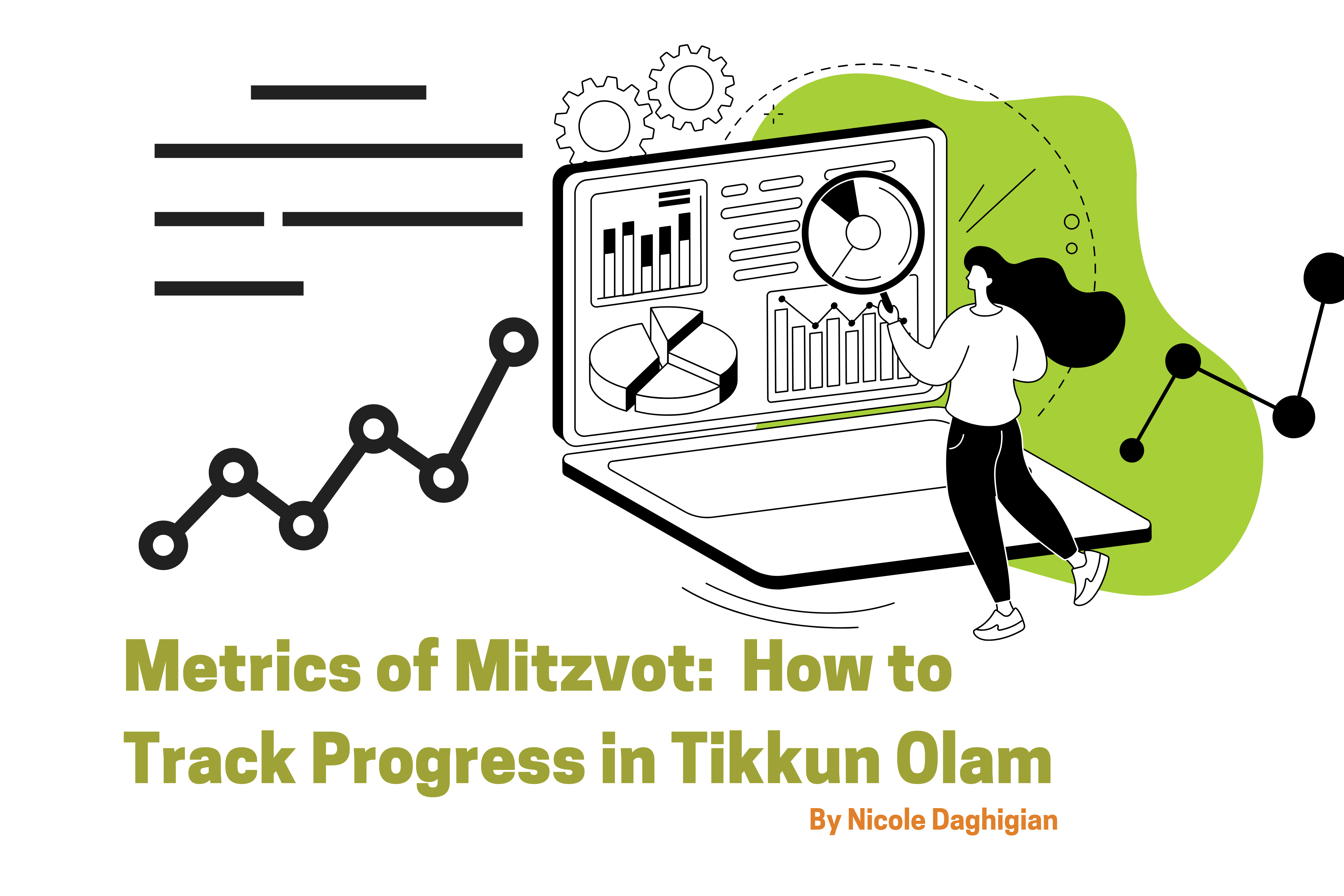
By Nicole Daghigian
I have always carried multiple identities. I am an Iranian-American Jew, born on the Upper East Side of New York City, and raised in Santa Monica, California in a traditional household with liberal values. In addition to these identities, some formed and some given, I have learned I have a passion for scientific endeavors and data-driven projects.
My educational background is in Global Disease Biology. I learned not only the basics of biology, but also the ways in which different ecosystems are intertwined in their impact on different communities’ public health. Through my learning and experiences, I seldom had opportunities to organize data, and realized how much I might like this just a bit too late to learn it in school. My fascination with data began to grow when I became a Leadership Fellow at JoCI, which is dedicated to generating and sharing data to make progress towards equity. When the Fellowship matching process presented the opportunity to work with data at Repair the World, I felt very excited.
Repair the World is intentional in utilizing its resources to fulfill its mission efficiently and effectively. They are established in 12 communities in the US, and also host virtual programs and national campaigns that engage individuals nationwide. Repair mobilizes Jews and their communities to take action to pursue a just world, igniting a lifelong commitment to service. To ensure they meet their mission, tackling pressing needs and engaging young adults in Jewish service and learning, they use specific metrics to track progress toward their goals. One example of how they track the data is by measuring 15 different issue areas and 18 different output categories. These issue areas range from food justice to education justice to civic engagement and beyond. The 18 output categories include, but are not limited to, prepared meals, pounds of food donated, or registered voters.
Repair also uses a metric called “acts of service and learning,” or AS&L. This is calculated by participants per events, and is used to compare the progress of different communities toward their goals. As an organization, Repair the World intends to organize one million acts of service and learning by the end of 2026. Initially, Repair the World had the goal of one million AS&L later than 2026 but moved that milestone earlier as it experienced an uptick in participation during 2020 and 2021.
For each quarter and fiscal year, these data points are entered into and then pulled from their database to measure the progress of Repair’s impact toward its many goals. These data points are then included in reports for stakeholders, grant applications, and even in emails sent to participants to understand the impact they had from their participation. My role in this work was to set the times of each output to the fiscal year or quarter that was being reported and check for accuracy. During my time at Repair, I also learned about data maintenance tasks, such as reconciling duplicate checks and other data cleanup projects which required close attention to detail. Ensuring no contact has been missed or overcounted is essential in data being accurate for these reports.
These tasks required quick decision-making skills based on learning Repair’s common practices, and helped me grow professionally in many ways. My previous roles in for-profit organizations made me feel asking questions was frowned upon and almost a punishable offense. In fact, the sales role I was in before was by nature competitive rather than collaborative. In contrast, the data team at Repair the World had open lines of communication and were willing to explain processes, and also utilized managerial tools like a scope of work and goal-setting to enable me to learn and grow. I learned that I am capable of asking questions concisely and without fear, and I grew professionally as I accepted that I may not be clear on something, but I am capable of asking, clarifying and even correcting a mistake if needed.
Part of Repair’s mission is to inspire a sustained commitment to service within its communities. In doing that, a strong client relationship management (CRM) system is essential. Most people who volunteer don’t just feel fulfilled by doing the work, but have a deeper appreciation for all of the background information and learning that Repair often provides. They often want to stay in touch with Repair to participate in other events. This is where a relationship in the data sphere begins. My experience so far has shown me how important it is to get each participant’s information correctly and thoroughly. This not only keeps the participant in the loop for further events, but enables the data team to include and track the impacts of Repair has on the local and national communities.
This past month, I was invited to Repair’s annual retreat. I connected in person with fellows, city directors, board members and my data team. I also was able to see the impact of Repair’s work beyond just the numbers in the many stories the different staff had about the campaigns and projects they have done.
During one bus ride, I was a part of a conversation about future strategy for one of Repair’s four regions. I was excited to be able to chime in with strategic questions: What report could support this? How can we leverage data from the campaigns those different teams have done in the past to predict what could be done moving forward? As a JoCI fellow and regular at many Jewish events in NYC, I have a fresh perspective and can contribute new strategies and ideas. It felt incredible to celebrate many milestones at Repair and see how, although I am less than a year into data work, I have so much more to learn and contribute.


